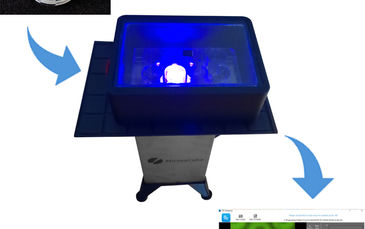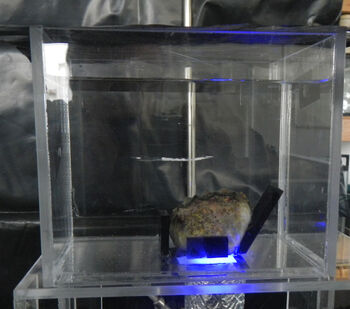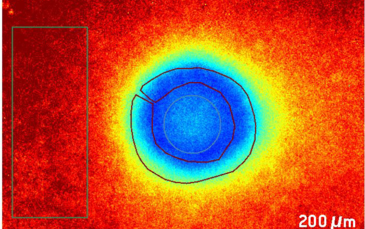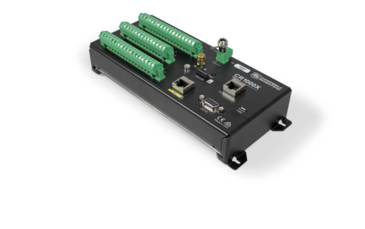
Giant Clams make Big News
June 20, 2018New York Times article on an old mystery solved with VisiSens™
On Friday June 15 we received a message from Eric J. Armstrong, a researcher at the University of California in Berkley, that the findings he and his colleagues have made on the burrowing mechanism of giant clam with VisiSens™ have made it into The New York Times science news.
It has long been a mystery, how giant clams manage to bore fully into coral rock, so only the feeding tissue would remain uncovered. Scientists hypothesized, that the clams might bore by acid secretion, as coral tock is a type of limestone and could such be dissolved. However, this theory did not get proven and was not followed up on. Prof Richard Hill, from Michigan State University, Mr. Armstrong and their colleagues now used VisiSens™ pH Sensor Foils to show that the boring tissue of the clams lowers the pH of surfaces it makes contact with by more than 2 pH units below seawater pH.
Solving what puzzled biologists for decades, of course the publication of Mr. Armstrong, Prof Hill and their colleagues in Biology Letters (Biol. Lett. 20180047) got quite some attention and even made it into The New York Times science news on June 14, just a few days after publication. The article by Veronique Greenwood gives a short overview of the study and shows nice pictures of the clams sitting in their aquaria on the pH Sensor Foils (This Burrowing Clam is Not Boring, The New York Times).
Like Mr. Armstrong, we are also "really excited for the PreSens foils to get this publicity", and happy our imaging technology could help to gain new insights - seems like just the right tool was missing so far.






